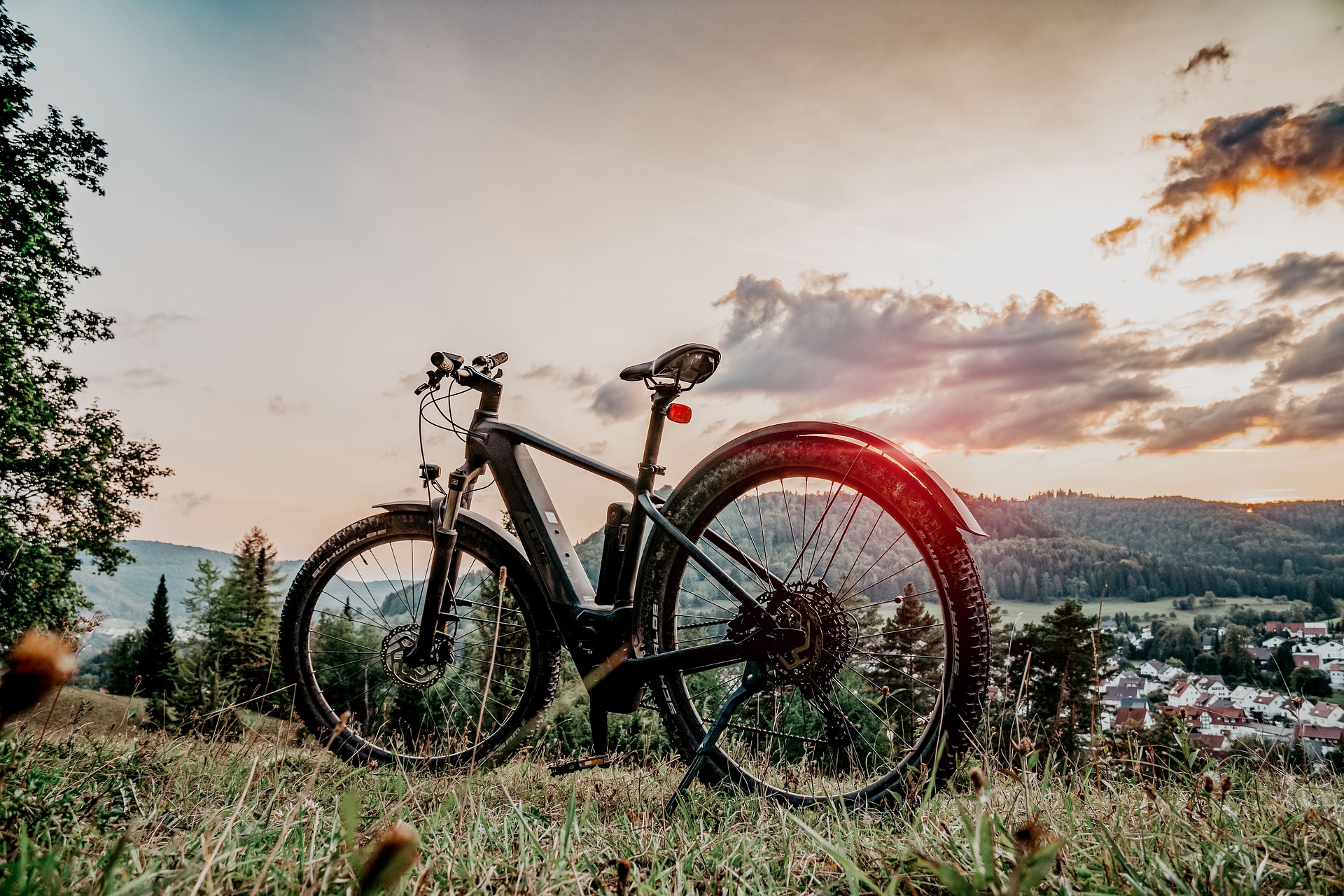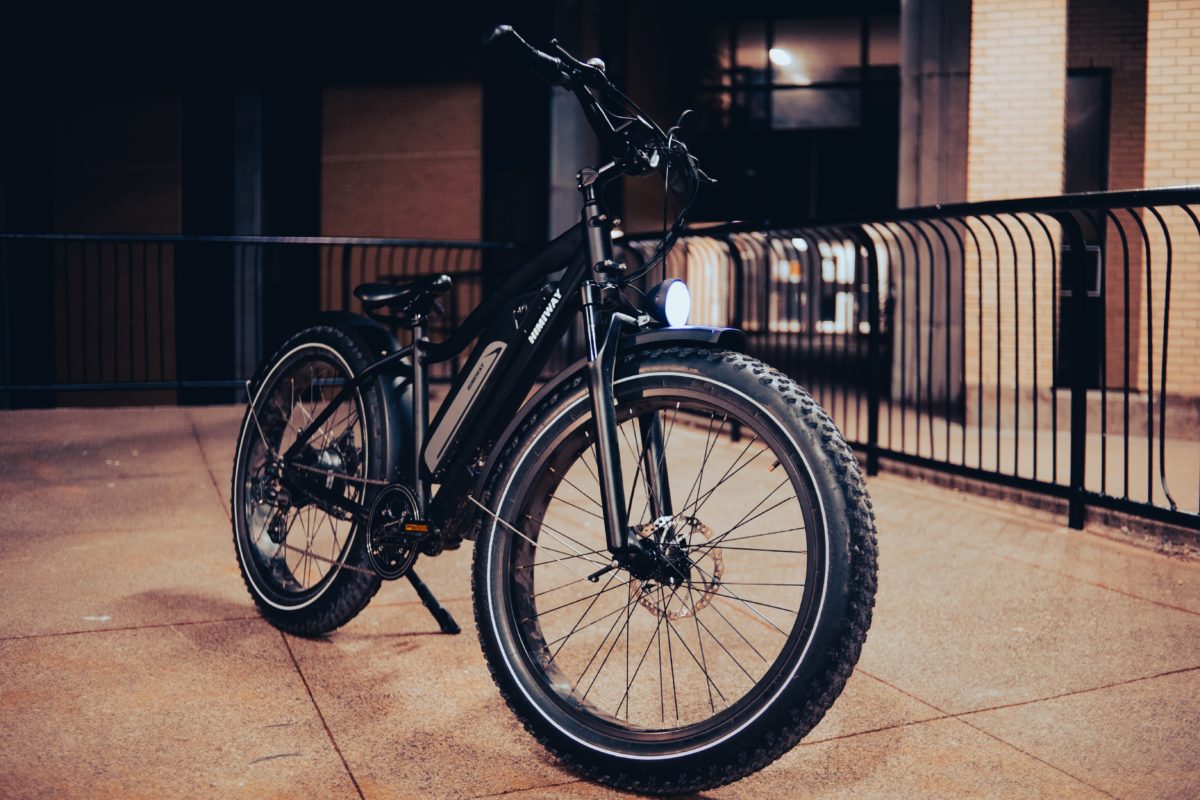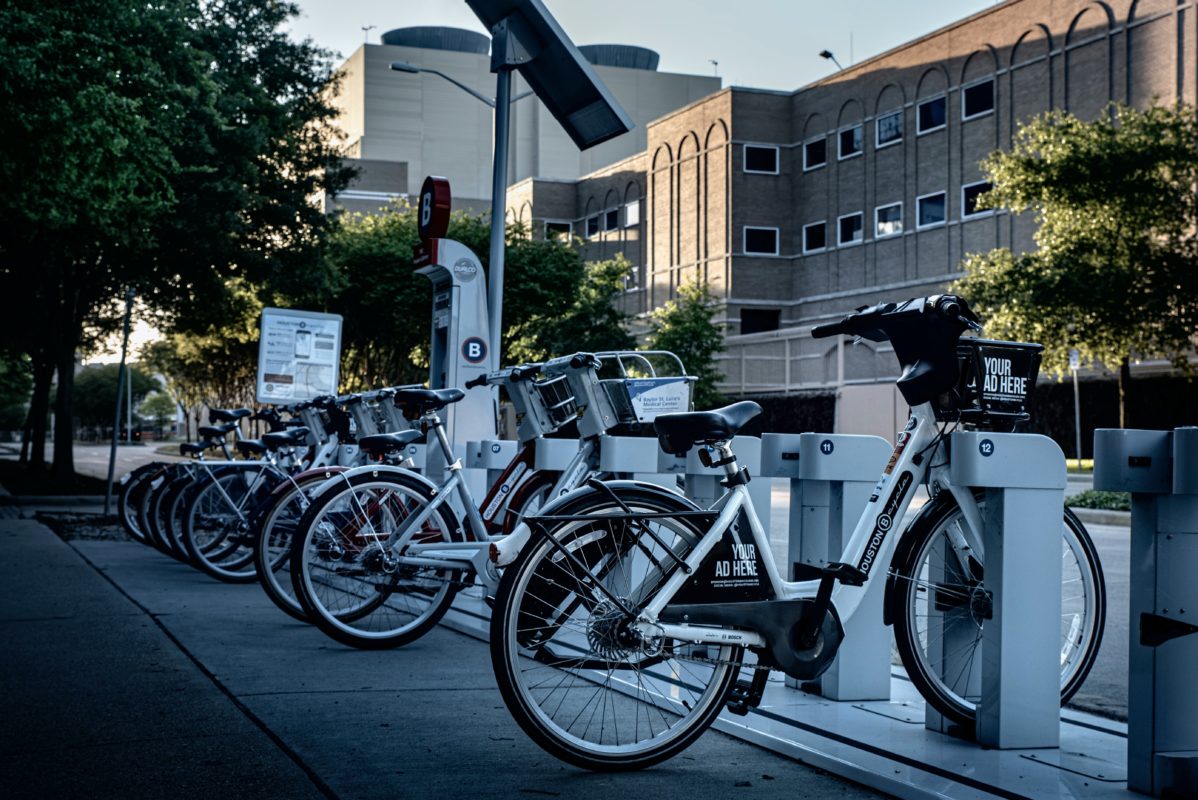
Probable Tips on How To Maintain An Electric Bike
There may be numerous operational components that need maintenance when it comes to electric bike upkeep. At first, it can be a little intimidating to know what has to be done and when, but don’t worry; the fundamentals of electric bike maintenance aren’t at all challenging.
Whether you’re considering purchasing your first electric bike (e-bike) or are already the happy owner of one, you’ll need to be aware of a few maintenance procedures. A little routine maintenance will help you keep this smart piece of technology riding smoothly for years to come.
An electric bike requires a lot of the same maintenance as a standard bicycle. The additional components can make it seem overwhelming, but if you take care of things, it’s doubtful that you will have any major problems.

After each ride, clean your bike.
The finest maintenance guidance includes cleaning your bike regularly. The chain, brakes, and tires are the main wear components, but most cyclists, even seasoned ones, aren’t really aware of what to look for when it comes to component wear. Avoiding cycling in damp weather, where debris and other pollutants can enter the drivetrain, is another technique to save wear and tear. Having stated that, you might reside in a humid climate, which takes us to our following topic.
Always try to clean or even hose off your bike before storing it if it is wet or muddy. Rinse off any caked-on grime without ever hammering fragile components with high-pressure water. Make sure the chain is dry and clean, and gently wipe the frame. Make sure you are keeping an eye out for any irregularities or warning signs when cleaning.
Routine inspections and extensive cleanings
Every few weeks, you should spend some time giving your bike a thorough cleaning. Search for dirt that has become lodged in the derailleur and in all the crevices around the wheels. Relubricate and clean the chain. The finished product should be absolutely sparkling.
Check the tires while performing this more thorough cleaning. Even if the tires are still inflated, look for cuts. Check to see whether your tires’ considerable lugs have worn down. If you have road tires, make sure there isn’t a flat patch in the middle of the otherwise round carcass. Replace your tires without hesitation. Tires in good condition have a substantially lower risk of developing a puncture.
You might wish to periodically clean the battery connections. A soft, dry brush, a cloth, and (optionally) switch lubrication can be used for this.
Always unplug your bike’s life-extender battery, which is an additional battery that can be added for longer rides, before cleaning it. Then, use a soft, dry brush to clean the connections.
A speed sensor magnet may be mounted on the wheel of your e-bike. To avoid any issues, clean this with a soft cloth.
Pay attention while you ride

When riding a bike, you should pay close attention to how it is operating, especially when it comes to electric bikes because greater strain is put on the components. When you’re riding, you should keep an ear out for any odd sound effects. Extra bike noise is one of the first, most evident indications that something is wrong. Is there a rattling sound somewhere? Does the chain have a sound? Are the brakes screeching, by the way?
A well-kept bicycle will be rather quiet. It’s common for there to still be some chain noise and, with electric bikes, possible motor noise. Everything should be operating without a hitch. Keep an eye out for jerky shifts or gears that skip or slip. You should take a closer look if your bike ever becomes louder or makes any sort of grinding noise.
Perform routine maintenance
All of the primary systems should be adjusted and inspected as part of a basic tune-up. Cables for the gears should be adjusted and possibly replaced. The system should be bled if the mechanic determines it is essential, and brake pads and rotors should be properly inspected. Check the chain for wear and consider replacing it if necessary. Verify the cassette’s functionality as well. Check the bottom bracket for any movement or noise and make any necessary repairs.
Keep your brakes in good condition.
- Check and adjust the brakes frequently. Check for obvious problems like loose parts or excessive rotor and pad wear before each ride. Perform a more thorough brake inspection in between rides. If you don’t feel confident undertaking maintenance after the examination stage, have your shop check out and make any necessary brake repairs.
- Replace the rotors and brake pads right away. For the level of wear indicating a need for replacement, consult the manufacturer’s specifications.
Don’t procrastinate
It’s not fun to be without a bike, and parts are pricey. Regularly washing your bike and using that time to familiarize yourself with how it works can help you identify any potential problem areas when something does ultimately go wrong. The brake pads will wear down much more quickly if there is grit on them or on the chain. Brake pads that are worn out can cause the rotors to deteriorate more quickly and cost more money.
For more news and updates, visit WHEELive.







Start the discussion at forum.wheelive.com